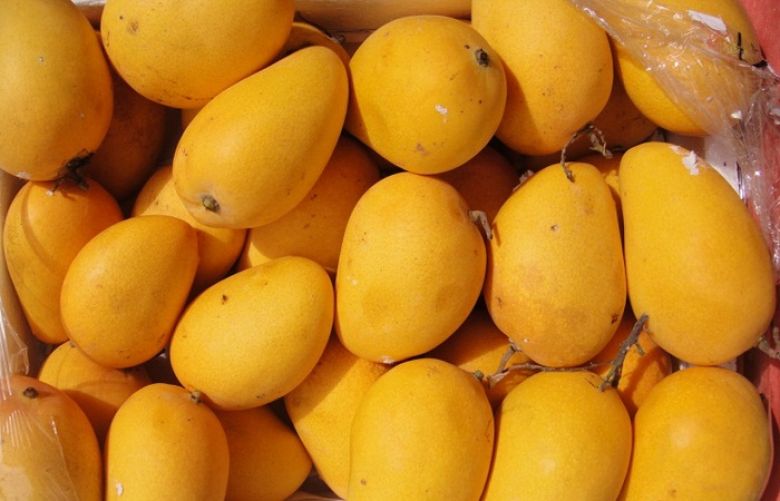AN unusual drop in flowering and fruit setting in mango orchards is being witnessed in Sindh this season. Experts believe it is due to climate change affecting the all varieties, but Sindhri the most, which is grown in 75-80pc orchards owing to its export potential.
The problem has assumed a serious challenge especially for medium-size orchard owners due to lack of appropriate management. Single-digit temperature is essential for mango trees when they enter the dormancy phase — a factor crucial for bud formation, flowering and then fruit setting.
Mr L.K. Sharma of Research Wing of the Agriculture Department based in Tandojam and Mr Abdul Jabbar Memon of Sindh Horticulture Institute, Mirpurkhas, say mango trees didn’t get the much-needed temperature of below 10°C this season which shot up to 30°C even in January at one point of time. Mercury did drop to 6-8°C only for a brief period not enough for trees to have ideal fruit bearing climate.
Other mango varieties — saroli, daseri, chaunsa, langra etc — are too witnessing an early flowering. Some farmers say months of April and May are still crucial and nutritional doses of potassium and nitro phosphate may be applied to retrieve some losses. It would help keep fruit healthy and increase its weight by around 200 grams or so. “Better quality can offset quantitative losses.”
Researchers carried out a survey of different orchards of Tando Allahyar and Mirpurkhas districts in February where they witnessed an early flowering in langra, saroli and daseri varieties which indicate that they would be marketed early this season.
Mr Sharma points out that a 40pc drop in flowering and fruit setting was evident in orchards. Farmer Ghulam Sarwar Abro agrees with him saying normally 8,000kg of mangoes are produced on an acre. But this season, he reckons that 4,500kg to 5,000kg of the fruit may be obtained from an acre.
Sindh constitutes 35pc of Pakistan’s mango production but it has 50pc share in exports.
Mahmood Nawaz Shah, who also exports mangoes, says if the drop in Sindhri output is less than 25pc of the total crop, supplies would still be enough to meet domestic demands. However, if production shortfall crosses 30pc the market price may go up.
“I feel price of Sindhri would shoot up to Rs100 per kg as this year’s crop coincides with the holy month of Ramazan starting early June at peak of harvesting of the fruit,” Abro observes.
Experts tell farmers that for lessening the impact of climate change they need to get engaged in tendering the orchards promptly after piecemeal harvesting instead of waiting for the picking up of entire crop.
Orchards should not fall prey to any kind of stress like over and under irrigational water supplies. It would result in timely flushing and ultimately leading to bud formation, flowering and fruit setting next year for a better crop.







